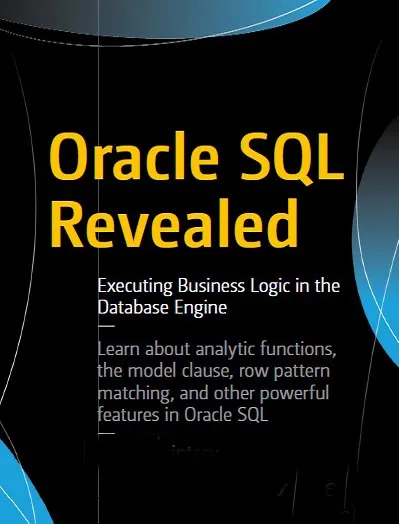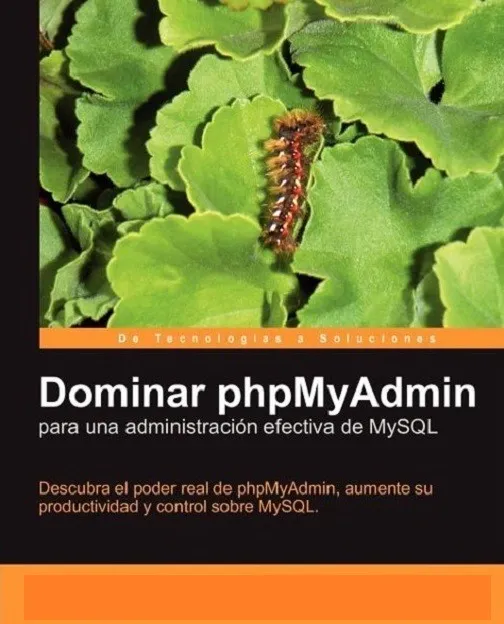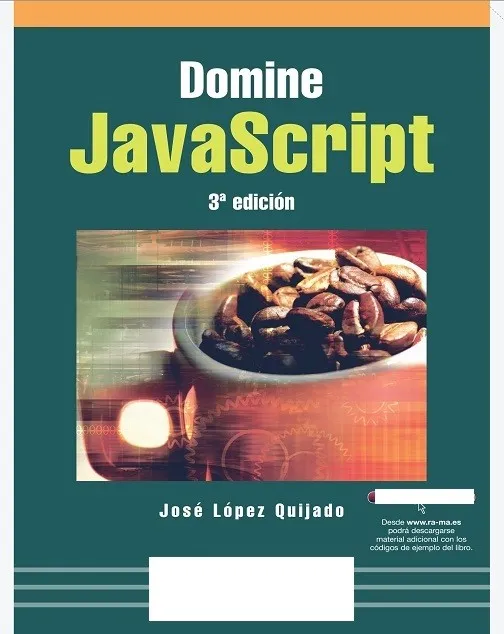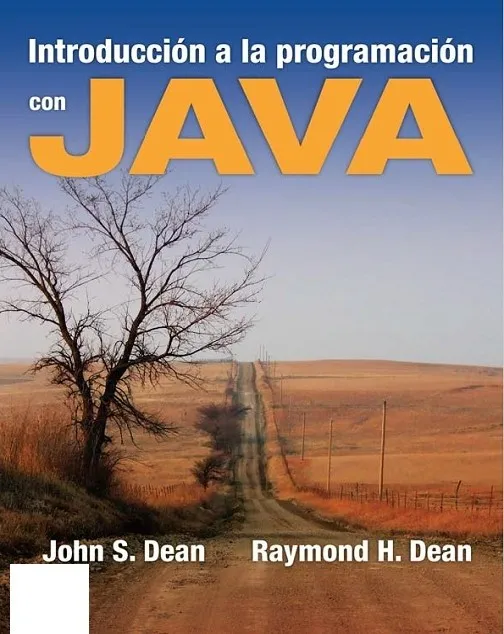
Learn about analytic functions, the model clause, row pattern matching, and other powerful features in Oracle SQL.
Most real-life queries combine data from multiple tables instead of querying a single table. Logic may be encapsulated in a view to hide complexity from the end user, but the database accesses multiple tables anyway to get the result set. It’s not necessary that data from all tables in a query appear in the result; some tables may be used to filter out data from other tables, for example..
TEMARIO
- Part I: Features and Theory
- Chapter 2: Query Transformations
- Chapter 3: Analytic Functions
- Chapter 4: Aggregate Functions
- Chapter 5: Hierarchical Queries: Connect by
- Chapter 6: Recursive Subquery Factoring
- Chapter 7: Model
- Chapter 8: Row Pattern Matching: match_recognize
- Chapter 9: Logical Execution Order of Query Clauses
- Chapter 10: Turing Completeness
- Part II: PL/SQL and SQL solutions
- Chapter 11: When PL/SQL Is Better Than Vanilla SQL
- Chapter 12: Solving SQL Quizzes
- Appendix A: Useful Oracle Links
- Etc...













